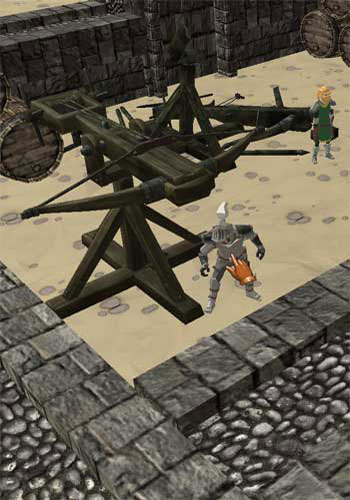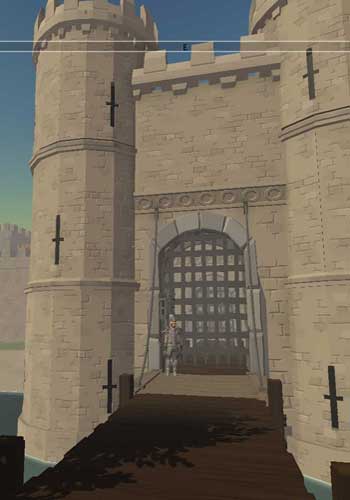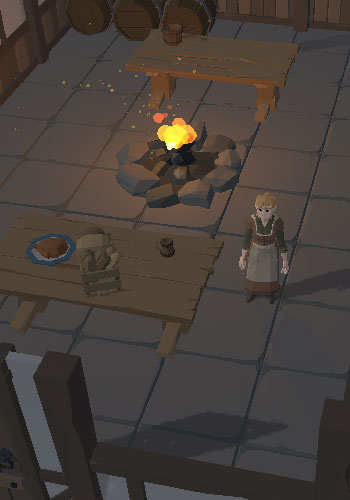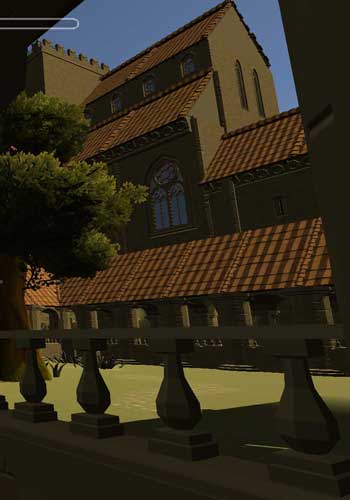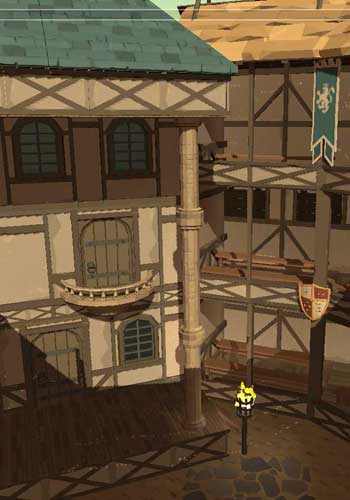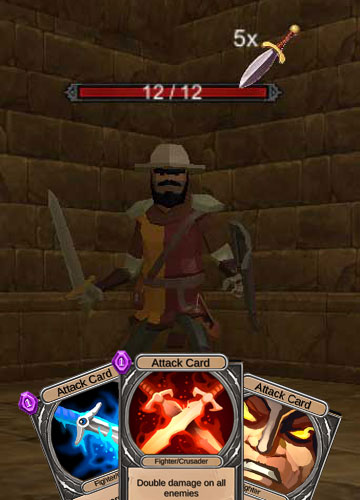Reasons for the Norman Invasion
William, the Duke of Normandy, invaded England in 1066. There are several key events that led up to the invasion. This page hopefully helps identify what those reasons were.
The men who wanted to become King of England in 1066
Edward the Confessor became King of England in 1042, but when he died on January 4th 1066 he did not have a son or daughter to become the new King or Queen of England. Normally when a ruler died there were rules that specified who should succeed them: -
- The eldest son of the ruler had the best claim to the throne
- If the ruler had no living sons, the nearest male relative such as a younger brother, nephew or grandson could claim the throne
- The ruler could select who would succeed them
- The ruler's closest advisers may select the new ruler.
Edward did have a living male heir. This was Edgar, known as Edgar the Aethling. Both Edward and Edgar were descended from Aethered the Unready. But Edgar was too young to rule unaided.
There were three other claimants to the throne of England. They were: -
- Harold, the Earl of Wessex
- Harald Hardrada, the King of Norway
- William, the Duke of Normandy, the Conqueror
Why they thought the had a claim to the English throne
(1) Harold, the Earl of Wessex
Background
Harold was the eldest son of Godwine, the Earl of Wessex, a very important English nobleman. When Godwine died in 1053 Harold became the new Earl of Wessex. While Edward the Confessor concentrated on the affairs of the church, Harold was left to run the affairs of the country including fighting the Welsh.
In 1057 Edward the Exile and his family were invited back to England as Edward was a potential heir to the English throne. Edward the Exile was the son of Edmund II who had been King of England until 1016. When Edmund II died and Canute became king, Edward went into exile to escape being killed. Shortly after Edward the Exile returned to England he was murdered. This may have been arranged by Harold who wanted the English throne for himself. Edward the Exile had a young son called Edgar, known as Edgar the Aethling, who was then the heir to the English throne.
Claim
When Edward the Confessor died in 1066 Edgar the Aethling was too young to rule and it was agreed by the noblemen of England (Witan) that Harold should become the next King of England.
(2) Harald Hardrada, the King of Norway
Background
Harald Hardrada (or Harold Hardraada) was the King of Norway. He also ruled areas of northern Scotland including the Orkney Islands.
Claim
Harald's claim to the English throne was weak, believing that it was his right to be the King of England as Canute and Harthacnut, other Vikings, had done so previously. Harald had support from the Scottish King, Malcolm III, and also from Tostig, the brother of Harold Earl of Wessex. Tostig was the Earl of Northumbria but had been forced into exile after the Northumbrians rose up against his harsh rule. Harald Hardrarda and Tostig invaded England in September 1066.
(3) William, the Duke of Normandy
Background
William was the ruler of Normandy, an area in the current-day north of France. He was a strong ruler and skilled at protecting his lands and people.
Claim
- Both William the Conqueror and Edward the Confessor had a common ancestor, Richard, Count of Normandy.
- In 1051 Edward the Confessor had problems restraining the Godwine family including Harold and in the hope that the Normans would assist him Edward offered William the right to claim the English throne after his death.
- William had been visited by Harold of Wessex in 1064 and at a mysterious meeting it is suspected that Harold agreed to William's claim.
- William's invasion plans were backed by Pope Alexander II.
1053
1057
1064
1065
Related Information
Medieval Episodes
Early Middle Ages
High Middle Ages
- Edward the Confessor and Godwine
- Reasons for the Norman Invasion
- The Norman Invasion
- The Norman Conquest
- Background to the Crusades
- People's and First Crusade
- Second Crusade
- Third Crusade
- Stephen's succession to the throne
- Civil War (The Anarchy)
- The Conquest of Ireland
- Henry II and Thomas Becket
- Excommunication of King John
- The First Barons' War
- The Second Barons' War
- Edward I and Wales
- Edward I and Scotland
Last Middle Ages
- Edward II and Piers Gaveston
- Robert the Bruce
- Isabella, She-Wolf of France and death of Edward II
- Edward III starts the Hundred Years War
- Continues with Richard II
- Henry V invades France
- Henry VI and Joan of Arc
- The Black Death
- The Peasants Revolt
- The Lords Appellant
- Glendower's Revolt
- Wars of the Roses
Early Modern Period
